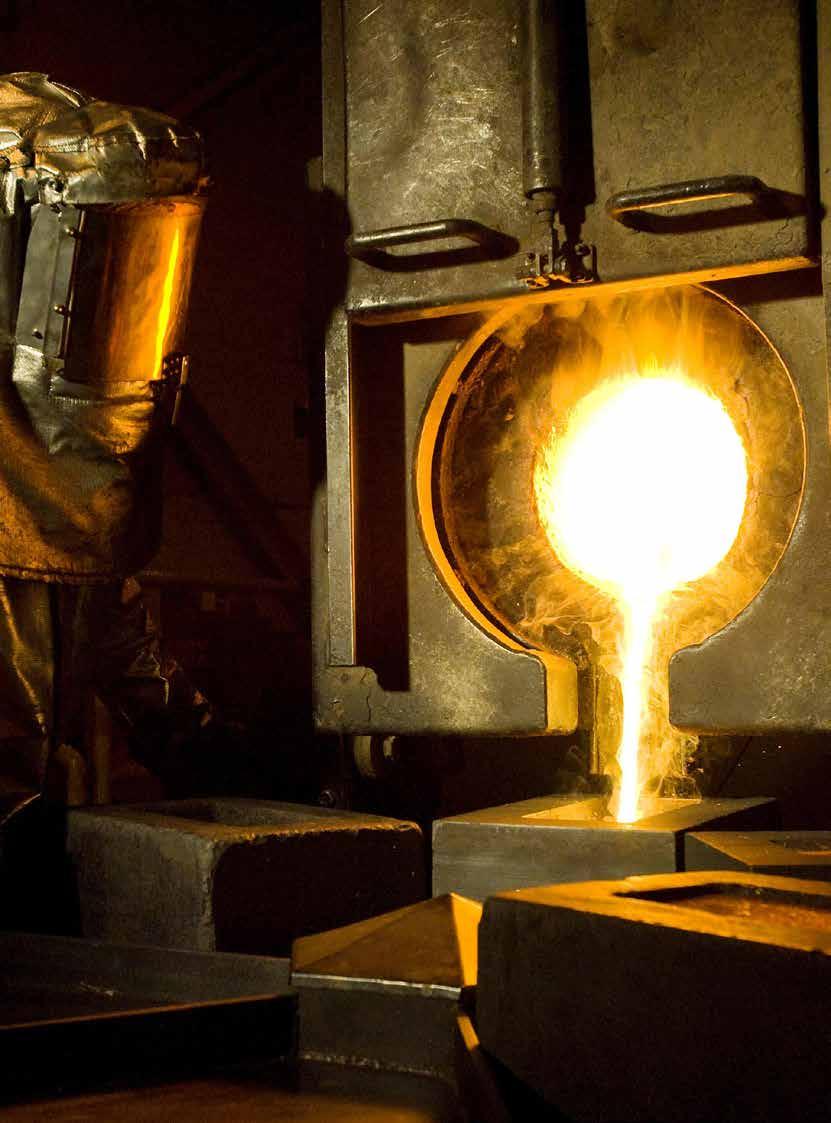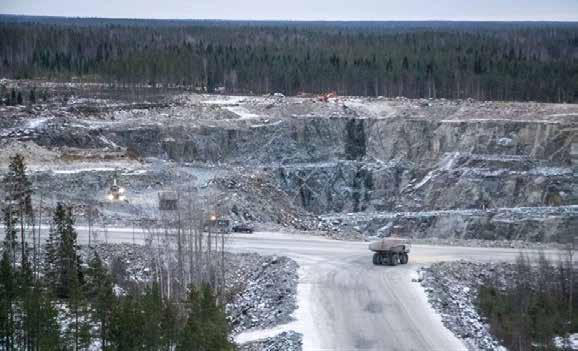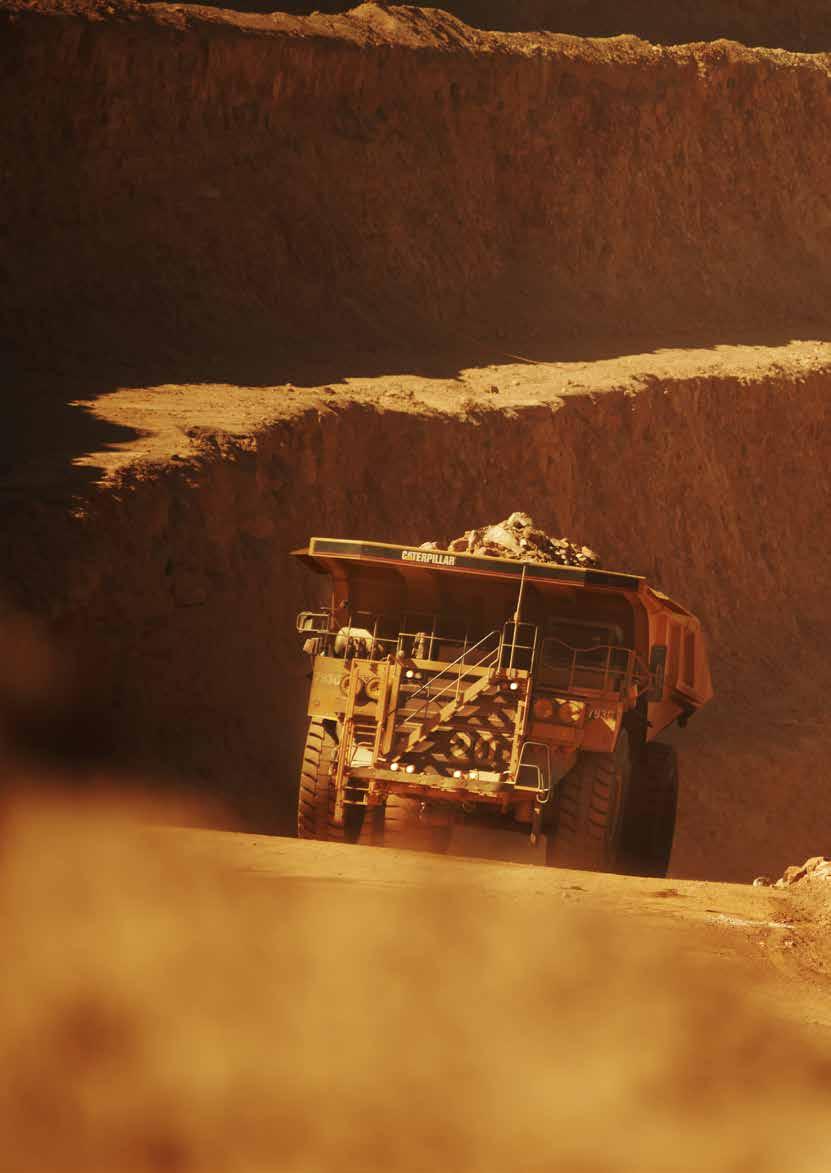Brain drain in the mineral sector spells trouble for critical industries
With a growing demand for critical minerals, the mining industry is looking for solutions to access additional resources with a limited workforce By Greg Rankin
T
he ‘metals of the future’ are deeply reliant on a robust mining sector. Everything from space travel and transportation, to electronics and power storage, even communications and medical applications rely on critical minerals such as aluminum, platinum, lithium, as well as gold, silver and copper. There is a major roadblock ahead, however - a lack of talent needed to drive the industry forward. “We’re tapped out at this moment in time,” says William Sattlegger, P. Geo, a geoscientist with more than 35 years in the resource industry and the Executive Director of the Redefining Electrical Metals Conference. “What I’ve seen over the last several years is a deficiency of talent. We just don’t have enough experienced people: technical staff, service providers, operational services, equipment, labour, period.” Unfortunately, he says, the problem is getting worse. In his opinion, it starts at the academic level where there are simply not enough university students seeking a career in the mineral sector. This comes on the heels of a report by the US Bureau of Labor and Statistics
World Mining Magazine www.ogsmag.com
90
that says the industry will need to increase its workforce by at least 4% over the next decade. Critical minerals There are far-reaching implications if the dearth of talent persists. In 2018, a number of governments began compiling lists of minerals that were considered critical for economic and
“With today’s technology, we should be getting 90% recovery or more” national security. These lists varied slightly by locale, but typically included dozens of minerals such as lithium, platinum group metals and aluminum. While many governments are working to increase domestic mining of these minerals, it becomes much more difficult if people are not entering the
industry at a sustainable rate. “It is ironic that you have all these highly talented young people going into the tech industry, aerospace, electric vehicles, but without these critical metals, they won’t be able to produce that technology,” adds Sattlegger. Mining for options There are a number of solutions that the industry could focus on to help align itself with the imminent shortfall in talent. As an example, instead of committing large investments into the exploration of new properties, the mining industry needs to shift to extracting the resources that were previously left behind in known deposits because at the time they were simply not economical. “Historically, when miners found something, they would only be able to pull about 60% of the precious metal out of the ground,” explains Sattlegger. “Thankfully, with today’s technology, we should be getting 90% recovery or more, utilizing extraction processes which are less detrimental to the environment.” Additionally, mining operations











